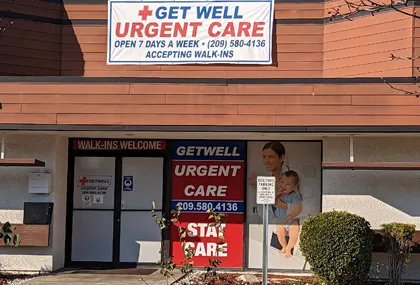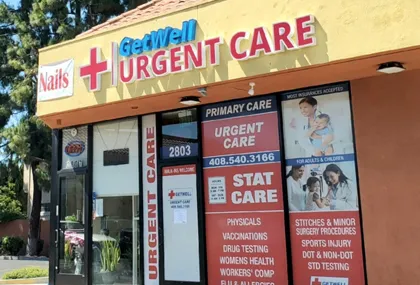

Stay healthy and strong with Urgent Care, Primary Care, IV Hydration, and Medical Weight Loss - See All Services
We understand, getting tested isn't always easy to talk about. That's why our team focuses on making you feel safe, respected, and supported from the moment you walk in. Your privacy is always protected, and your results are handled with the highest level of confidentiality.
Early detection makes all the difference. Many STIs show no symptoms at all but can cause long-term problems if untreated. By choosing GetWell Urgent Care, you’re not just protecting yourself, you’re protecting your partners and your future health. So, if you’ve been searching for “std sti testing near me” or “std check near me,” you’ve found a place you can trust.
Staying on top of your health means more than just a yearly check-up. Routine STD / STI testing is an important step in protecting your overall well-being.
Here’s why it matters:
Catch infections early and prevent complications like infertility, organ damage, or chronic illness.
Knowing your status helps protect partners and strengthen relationships.
Eliminate the worry of the unknown with clear, reliable answers.
We offer testing for a wide range of infections, all with the same promise: accuracy, speed, and compassion.
Identify and treat two of the most common bacterial infections.
Confidential screening with guidance and support if results are positive.
Detects infection early to avoid serious complications.
Helps confirm and manage outbreaks effectively.
Screening for Hepatitis A, B, and C to protect your liver health.
Early detection helps reduce long-term health risks.
Your privacy comes first.
Many tests provide same-day results, while others are available within 24–48 hours.
If your test is positive, we'll guide you through the next steps, including treatment, referrals, and counseling.
Our providers are here to listen, answer questions, and support you without judgment.
Skip the worry and the waiting. Our experienced team ensures your testing is simple, private, and accurate.
Looking for confidential STD / STI testing near you? GetWell Urgent Care is ready to help in Santa Clara, Merced, and San Jose.
 Merced
Merced
Open 7 days a week from 9:00 AM - 7:00 PM
 Santa Clara
Santa Clara
Open 9:30 AM - 6:30 PM Monday to Friday
Saturday 10:00 AM - 6:00 PM
 San Jose
San Jose
Opens 9:00 AM - 5:30 PM from Monday to Friday
Appointments are recommended to reduce wait times, but walk-ins are welcome at any of our clinic locations.
We provide testing for chlamydia, gonorrhea, HIV, syphilis, herpes, hepatitis, and HPV for comprehensive sexual health screening.
Rapid tests provide results within minutes; lab-based tests are typically available within 24–48 hours for accuracy.
Most insurance plans cover testing. Contact your provider or our clinic to confirm coverage before your visit.
Walk-ins are accepted during business hours for fast, confidential, and convenient testing at all locations.
Bring a photo ID, insurance card if applicable, and any relevant travel, work, or medical documentation.
Our providers guide you with treatment, counseling, referrals, and next steps for managing your sexual health safely.
Your privacy is a top priority, and all test results and personal information remain secure.